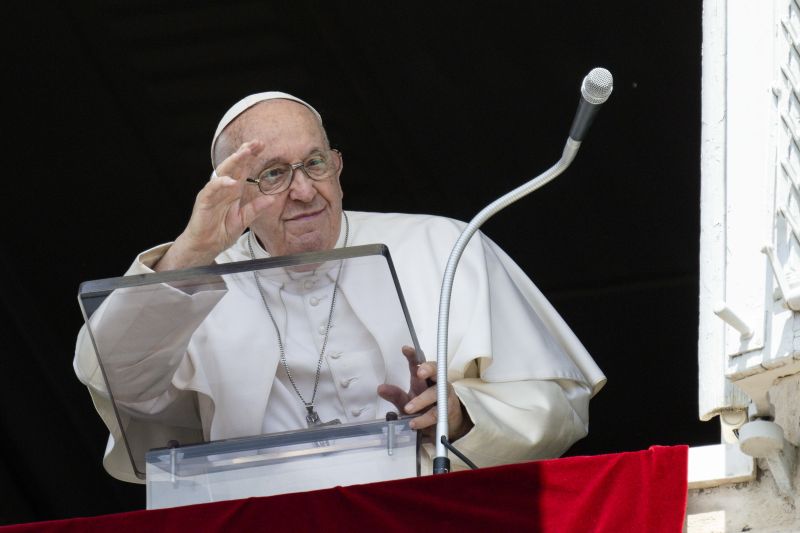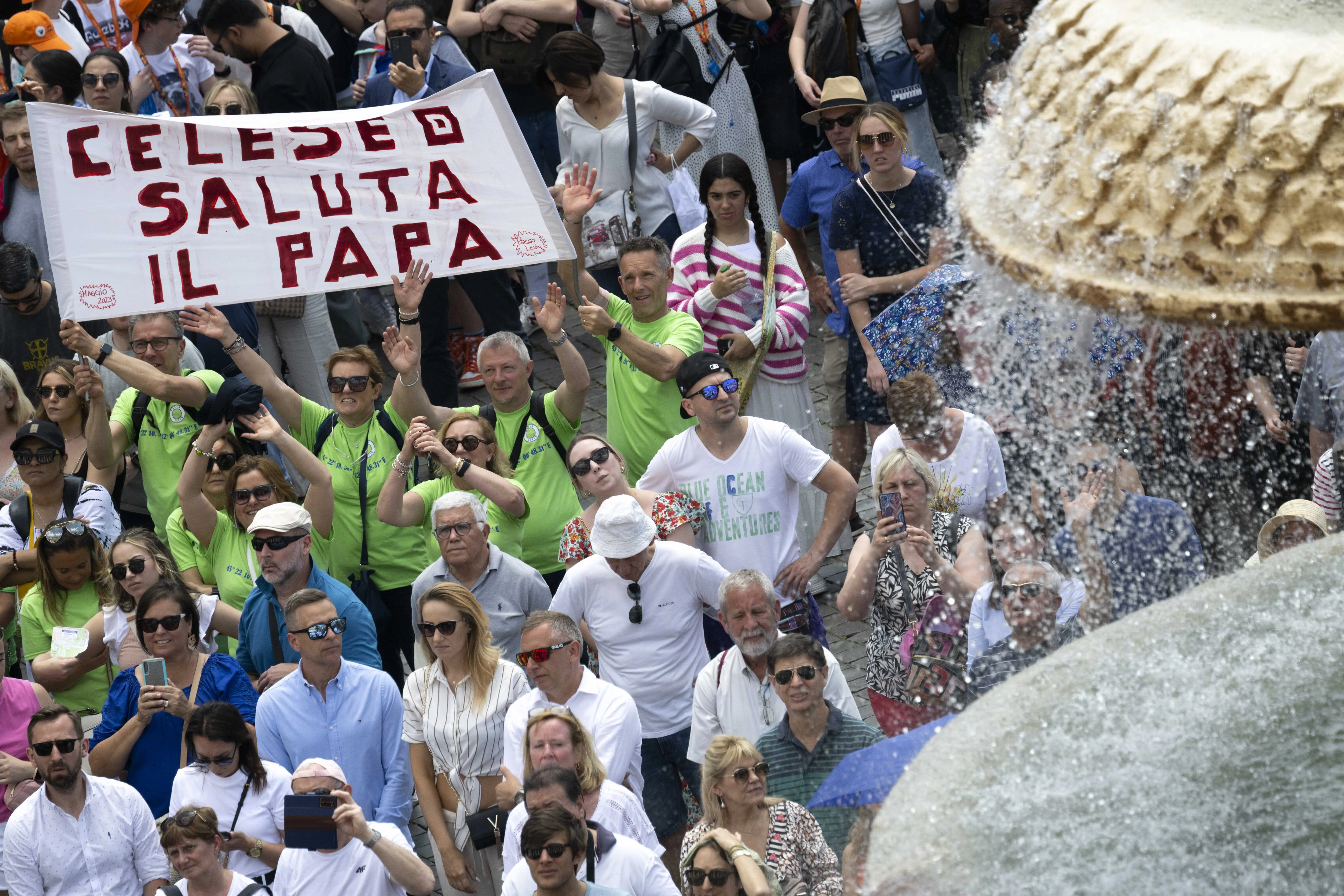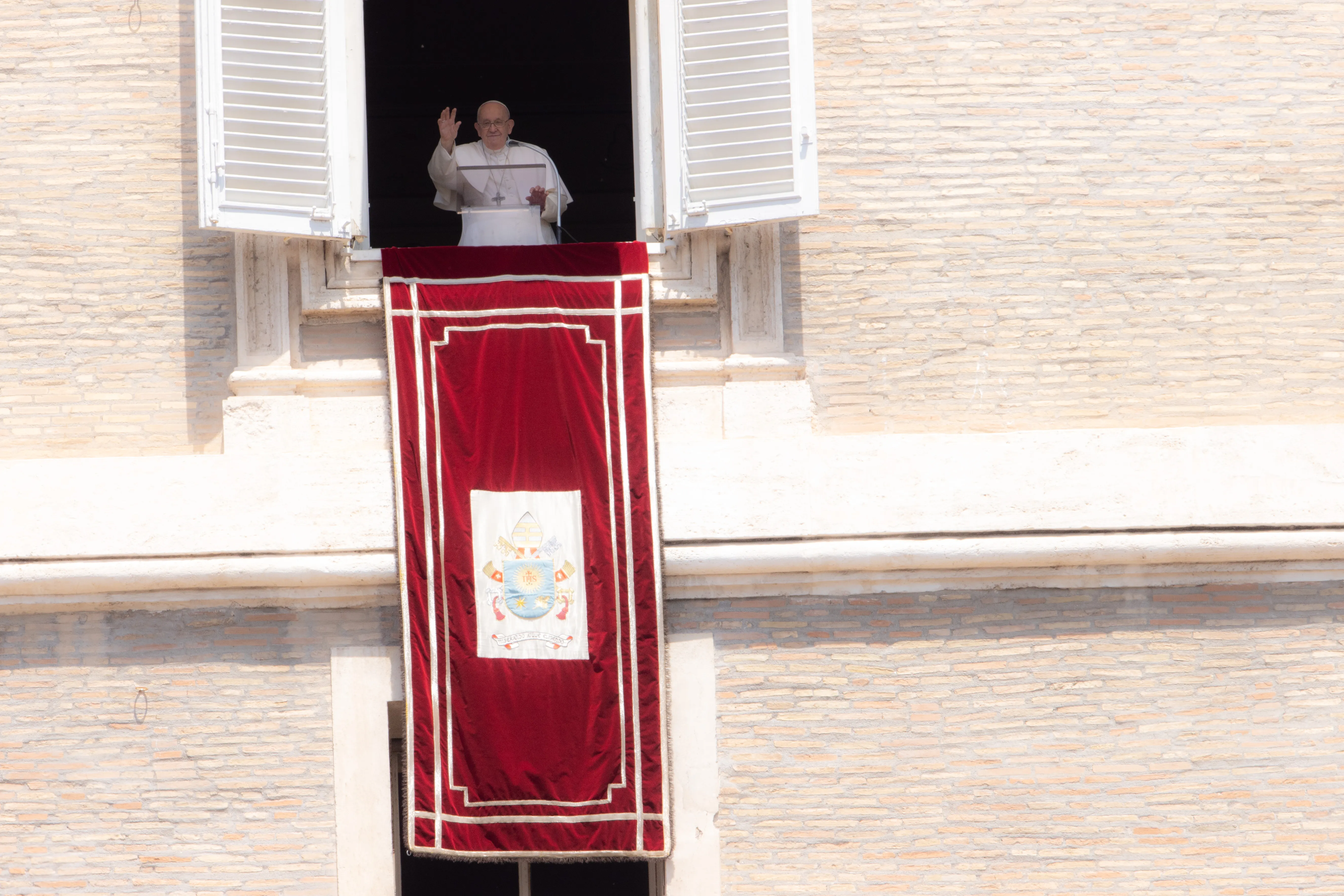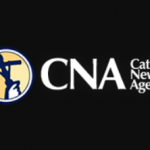
Vatican City, May 28, 2023 / 07:15 am (CNA).
From the Philippines to Portugal, Marian shrines around the world will participate in a special day of prayer this Wednesday for the work of the Synod on Synodality.
In his Regina Caeli address, Pope Francis announced that the day of prayer for the 16th Ordinary General Assembly of the Synod of Bishops will take place on May 31, the last day of the month dedicated to Mary.
“Let us ask the Virgin Mary to accompany this important stage of the Synod with her maternal protection,” the pope said.
The shrines of Our Lady of Fatima in Portugal, the National Shrine of Our Lady of Czestochowa in Poland, the Knock Shrine in Ireland, the Basilica of Our Lady of the Angels in Costa Rica, Our Lady of Fourvière in France, and many other Marian shrines have confirmed their participation.
In the Philippines, 26 Marian shrines and minor basilicas will simultaneously hold prayers for the synod.
Nicaragua has announced that all parishes will take part in a full day of prayer for the synod. All dioceses in India, Malaysia, and Bosnia and Herzegovina will participate in the day of prayer.

Pope Francis also spoke about the upcoming Synod of Bishops at Pentecost Mass in St. Peter’s Basilica earlier in the day. He said: “Let us place the Holy Spirit at the beginning and at the heart of the work of the synod.”
“We walk together, because the Spirit, as at Pentecost, loves to descend while ‘everyone is together,’” he added. “The People of God, to be filled with the Spirit, must therefore walk together, hold a synod.”
After the Mass for the Solemnity of Pentecost, Pope Francis appeared in the window of the Vatican’s Apostolic Palace to deliver the Regina Caeli address to the crowd gathered in a sunny St. Peter’s Square.

The pope prayed for people in Myanmar and Bangladesh affected by Cyclone Mocha. He also marked the 150th anniversary of the death of Italian novelist Alessandro Manzoni, the author of one of the pope’s favorite books “The Betrothed.”
Pope Francis reflected on how the Holy Spirit has the power to free people from “the prisons of fear.”
He said that only once the apostles received the gift of the Holy Spirit, they dared to leave the upper room and go into the world to forgive sins and announce the good news of the Gospel.
“Thanks to [the Holy Spirit], fears are overcome and doors open. Because this is what the Spirit does: he makes us feel God’s closeness and so his love drives away fear, illuminates the path, consoles, supports in adversity,” the pope said.
“In the face of fears and closures, then, let us invoke the Holy Spirit for us, for the Church, and for the whole world: because a new Pentecost can drive away the fears that assail us and rekindle the fire of God’s love.”
“Holy Mary, who was the first to be filled with the Holy Spirit, intercede for us,” Pope Francis said.
If you value the news and views Catholic World Report provides, please consider donating to support our efforts. Your contribution will help us continue to make CWR available to all readers worldwide for free, without a subscription. Thank you for your generosity!
Click here for more information on donating to CWR. Click here to sign up for our newsletter.




Yes, surely, and better yet, maybe the Synod participants themselves (!) should begin with a prayer to Mary, including Rosary meditations on BOTH the Hopeful and Sorrowful Mysteries. This, before homogenizing the “expert” instrumentum laboris…
Maybe even the Marian prayer to the “Sorrowful Mother for the Church and the Pontiff”—so as not to add further to the “adversities of holy Church and…the sorrows of the Sovereign Pontiff:”
“Most Holy Virgin and Mother, your soul was pierced by a sword of sorrow in the passion of your divine Son, and in His glorious resurrection, you were filled with unending joy in His triumph! Obtain for us who call upon you, to be such partakers in the adversities of holy Church and in the sorrows of the Sovereign Pontiff as to be found worthy to rejoice with them in the consolations for which we pray, in the charity and peace of the same Christ our Lord. Amen.”
When Mary intervened at Guadalupe (now a Shrine) it was not to just move things along, as in “walking together” to legitimize every (!) “issue”…“aggregated, compiled, and synthesized” from the continental and mobilized One-Percent Club.
The Synod is all about a movement forward. Aglow with the Spirit, fearless minds can think the unthinkable and do the undoable. We are privileged to be journeying during these grace-filled times. Be with us O Mary along the way – Guide every step we take.